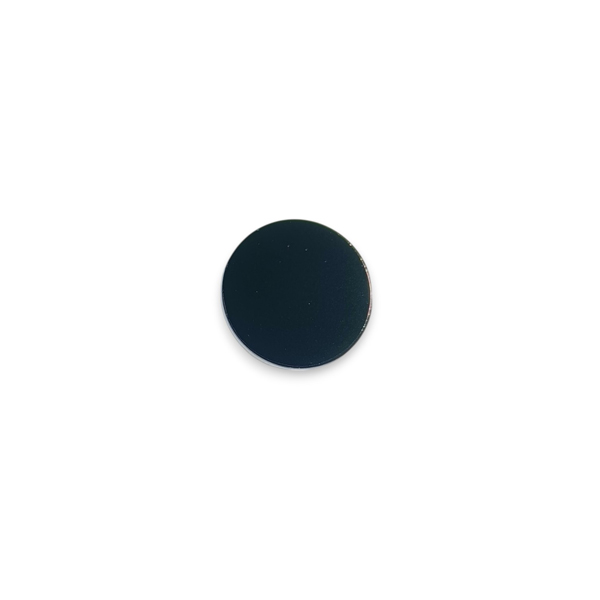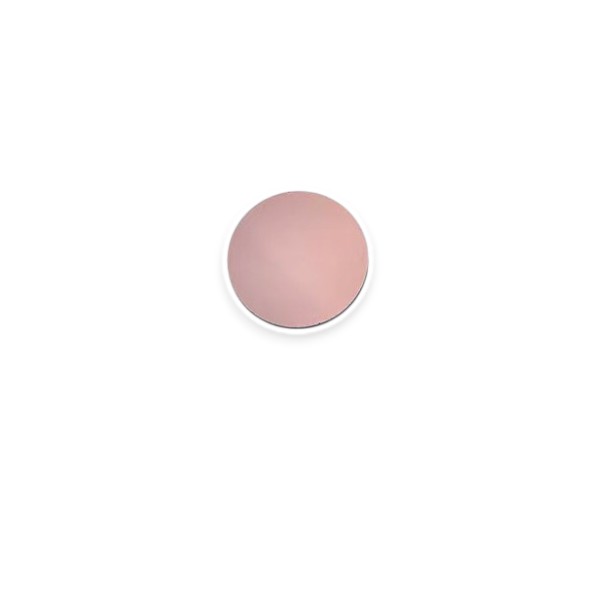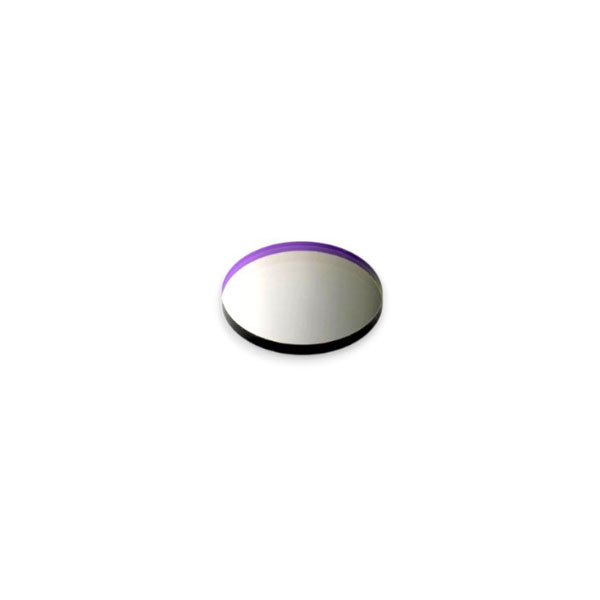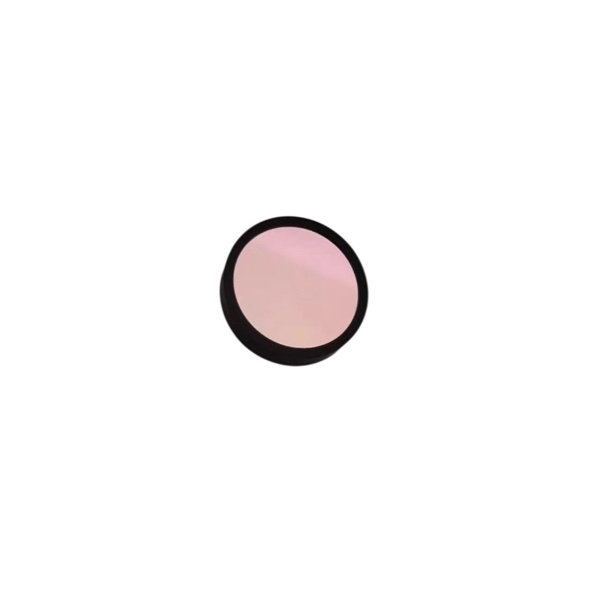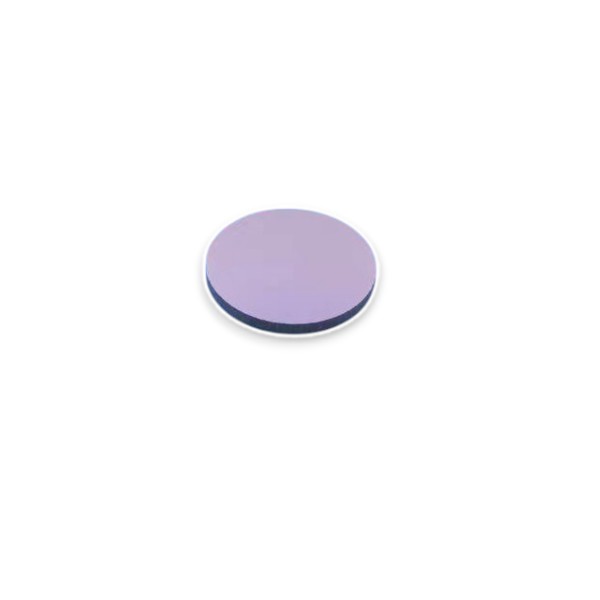Your Reliable Bandpass Filter Custom Manufacturer
Coligh bandpass filters are hard coated interference filters. As leading bandpass filter manufacturer, we are specialized in delivering custom bandpass filters with ultr-narrow bandwidth, ultra-high transmission and deep-out of blocking depth filters.
- Wavelength range from EUV to FIR 30μm
- single band bandpass filters and multiband bandpass filters
- Bandwidth from ultra narrow 0.5nm to wide band
- High transmission to above 99%
- Deep blocking depth to above OD8
- Center wavelength allowance precisely to +/-0.1nm.
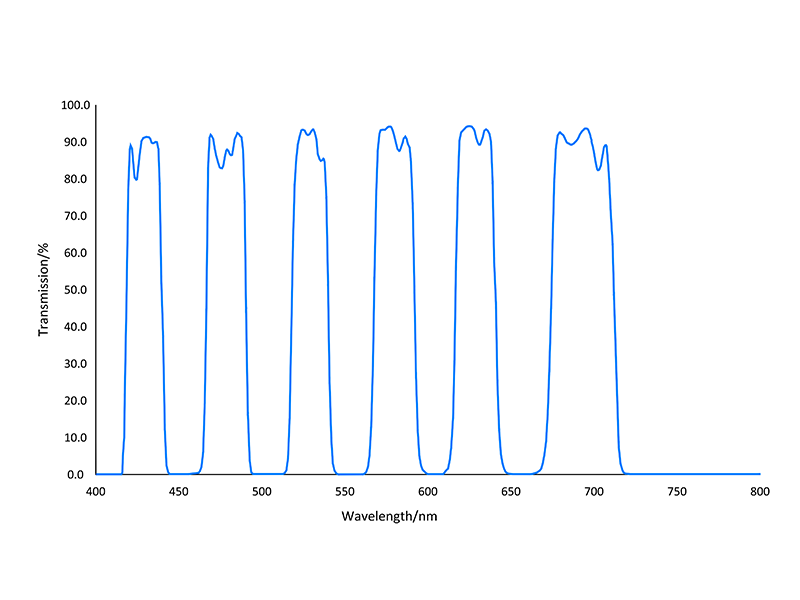
Bandpass Filter Series
Why Choose Coligh Bandpass Filter To Industrial Scientific Applications
- Full-Spectrum Customization Capability
- Flexible Customization Options Solutions
- Precise Bandwidth Accuracy Control
- Guaranteed Consistency in Mass Production
- Hundreds of Thousands of In-Stock Filters for Rapid Prototyping
- Responsive Pre-Sales and Post-Sales Support with Dual-Solution Proposals
FAQs
A bandpass filter is a precision optical component that allows light within a specific wavelength range to pass through while blocking shorter (e.g., UV) and longer (e.g., IR) wavelengths outside the passband. Its core function is to achieve wavelength selectivity through material properties or multilayer interference coating design. Common types include interference filters based on multi-layer dielectric films and absorption-type filters based on wavelength-selective materials.
For example, a filter with a center wavelength of 500nm and a bandwidth of 50nm transmits only 475–525nm light while blocking other wavelengths.
The bandwidth is defined as the spectral range where the transmission remains above 50% of the peak value (Full Width at Half Maximum, or FWHM).
Factors influencing the selection of bandwidth include:
Application Needs: Laser wavelength, excitation/emission wavelengths for fluorescence, etc.
- Optical Design: Layer count, refractive index, and thickness affect the bandwidth. More layers usually yield a narrower bandwidth.
- Environmental Conditions: Temperature changes may cause thermal expansion and shift the center wavelength, so materials and designs need to account for this.
- Coating Precision: The deposition method and uniformity directly influence bandwidth sharpness and stability.
For narrow-band applications like lasers and fluorescence, we recommend bandwidths of 10nm, 8nm, 5nm, or even 0.5nm.
- For broadband sources such as sunlight or multi-color LEDs, choose wider bandwidths (20–150nm) to collect more signal energy.
- For infrared bandpass filters, bandwidths can range from several hundred nanometers to several thousand nanometers.
A bandpass filter selectively transmits light within a defined wavelength range while blocking all other wavelengths. For example, a 600±5nm filter allows only that 10nm band to pass through, improving contrast and eliminating stray light.
They are widely used in imaging systems to sharpen the image and increase contrast, as well as in applications like fluorescence detection, Raman spectroscopy, and environmental monitoring to isolate spectral channels and enable multi-component analysis.
Bandpass filters primarily operate based on optical interference. Interference filters use alternating layers of high and low refractive index materials (e.g., SiO₂ and TiO₂) to create constructive interference at target wavelengths and destructive interference elsewhere.
Absorptive filters use materials (e.g., colored glass) that absorb unwanted wavelengths and transmit only the desired spectral band. For instance, a blue glass filter absorbs red and green light while transmitting blue light.

